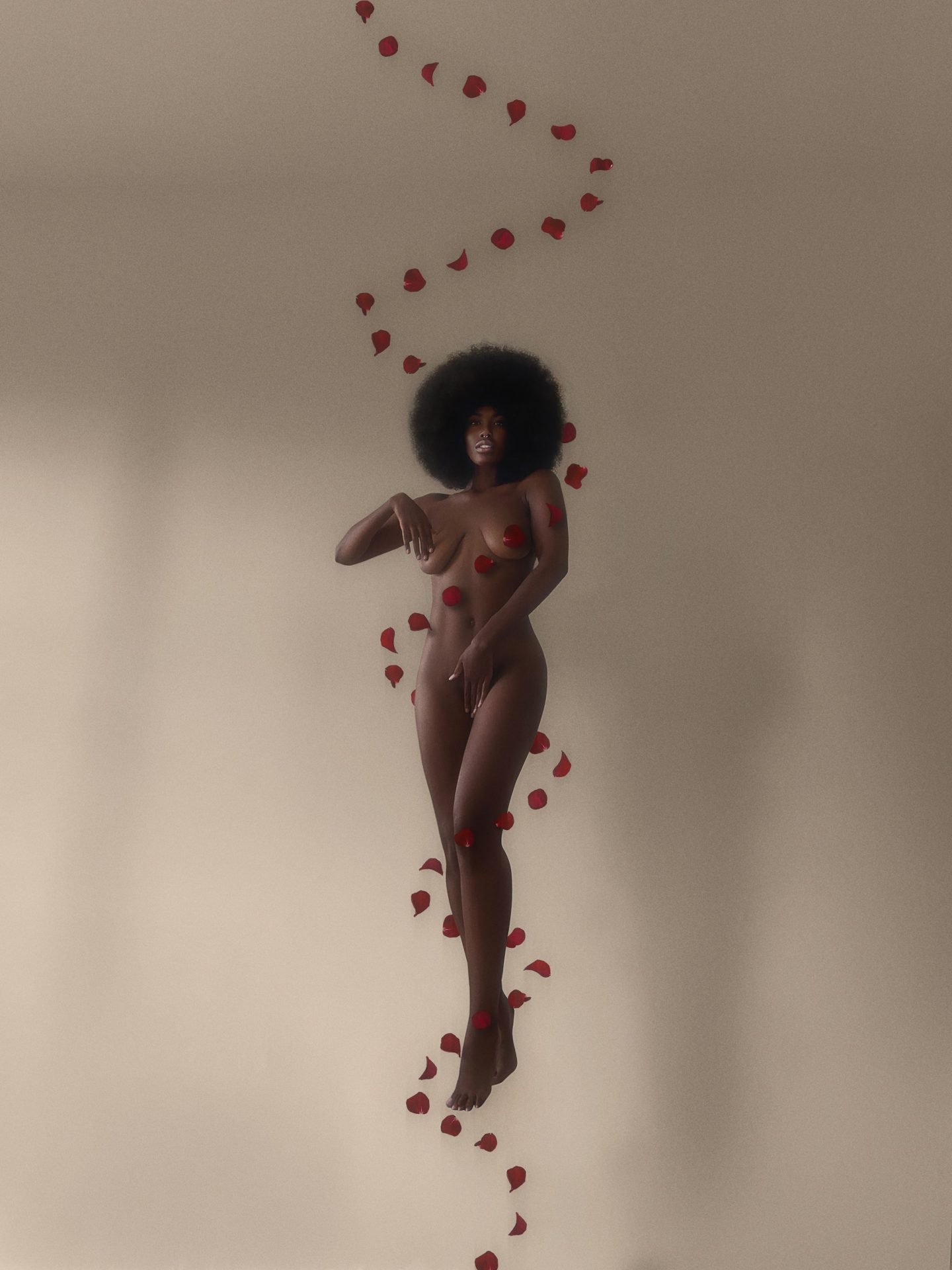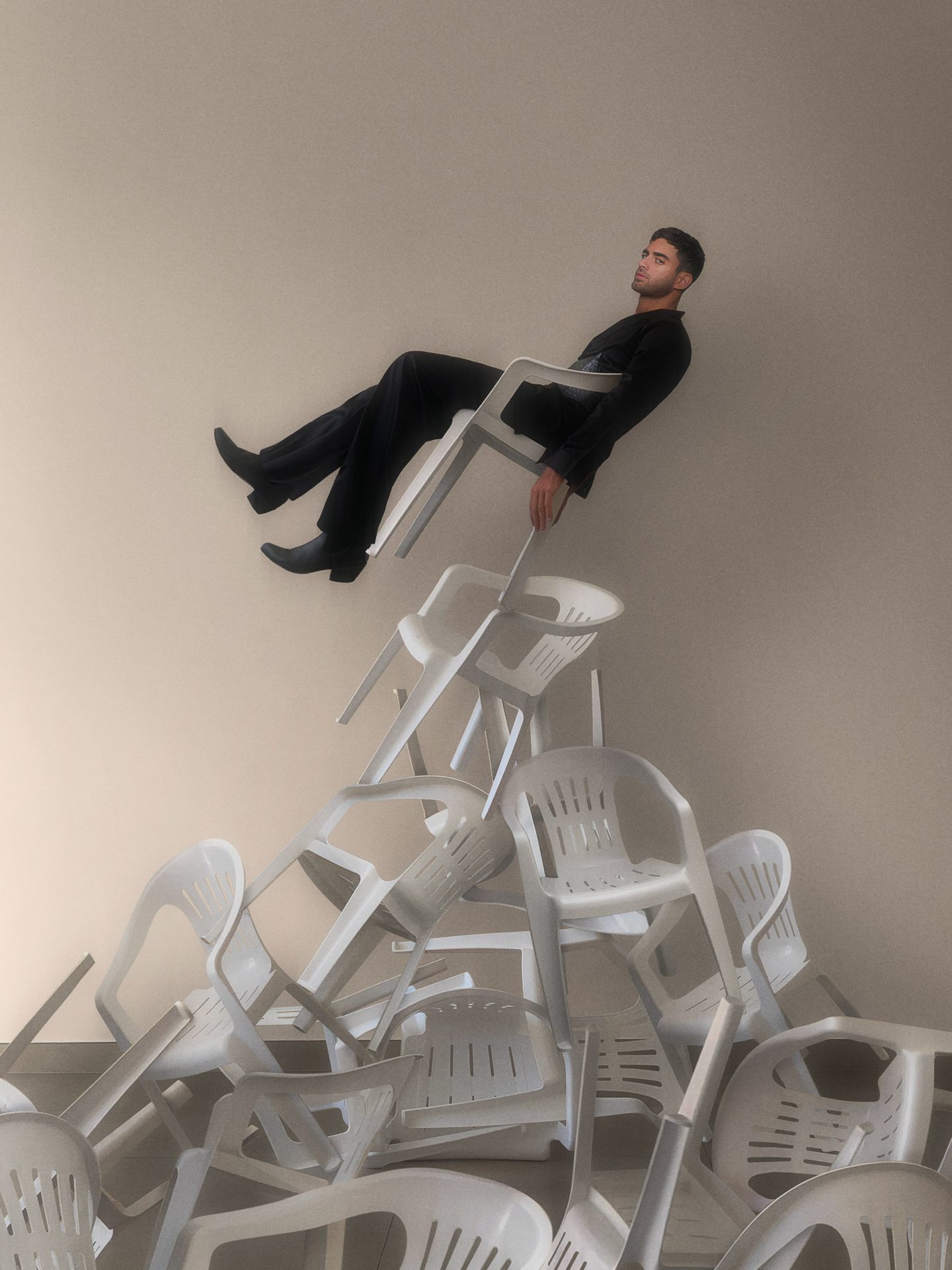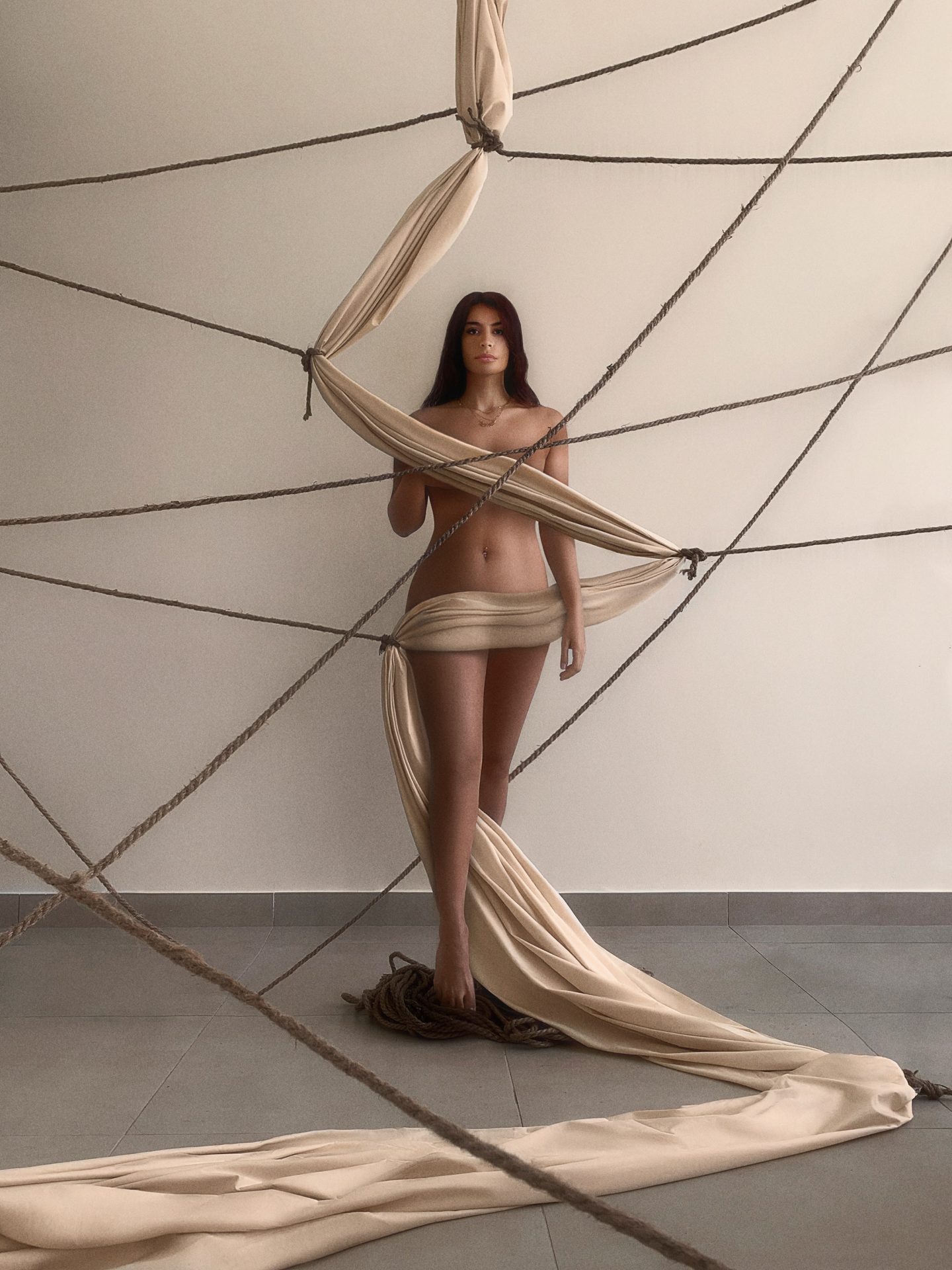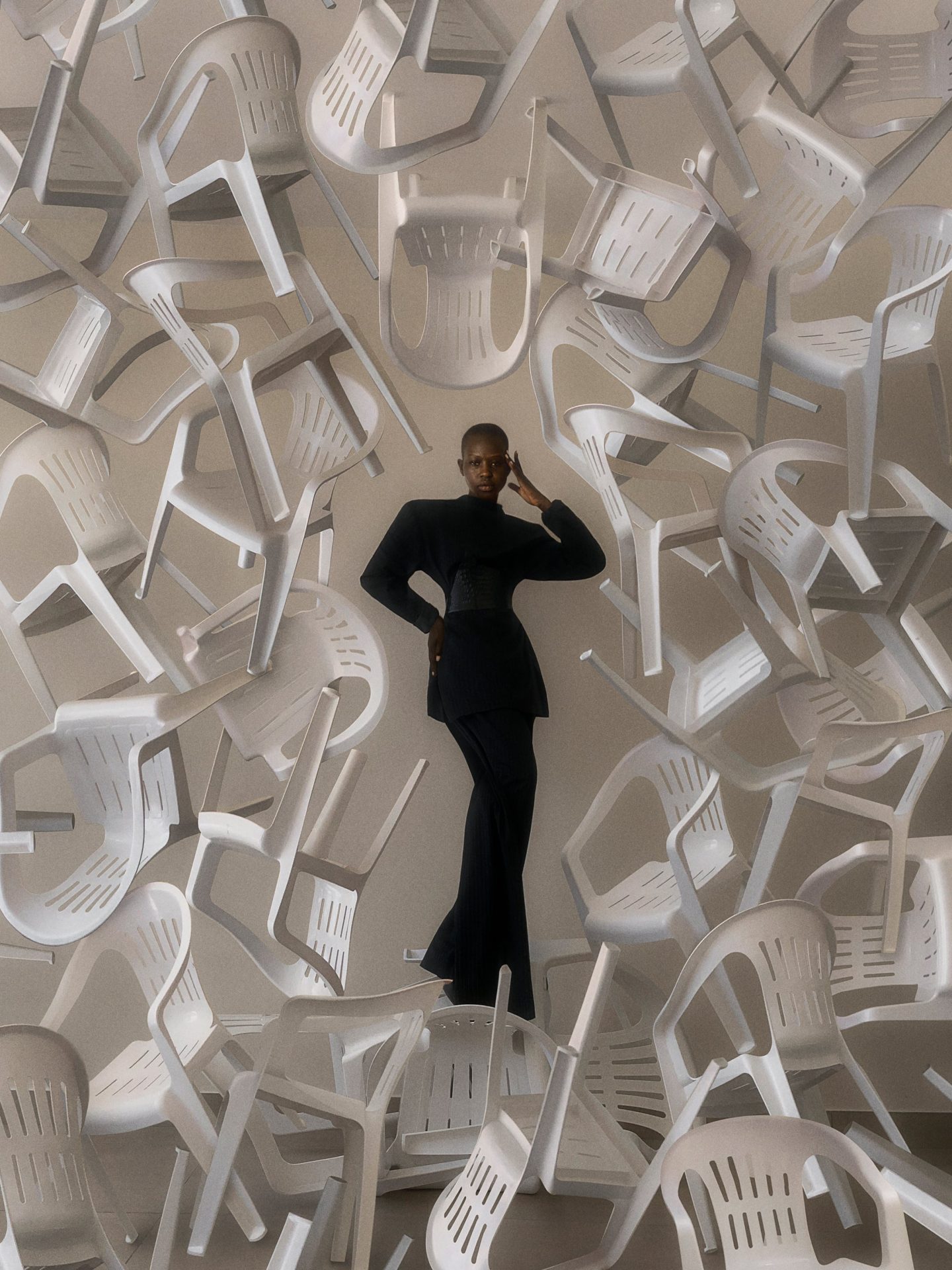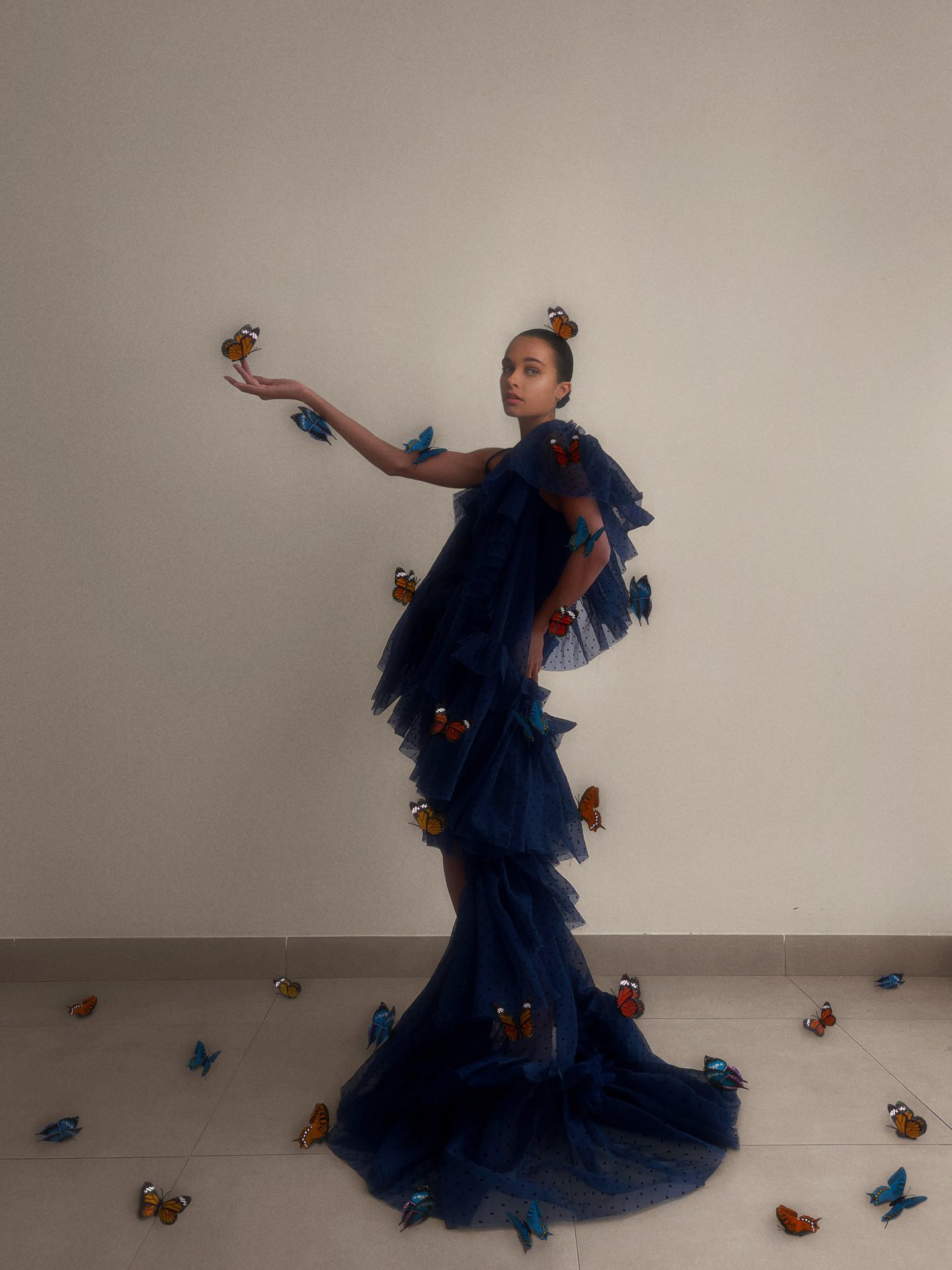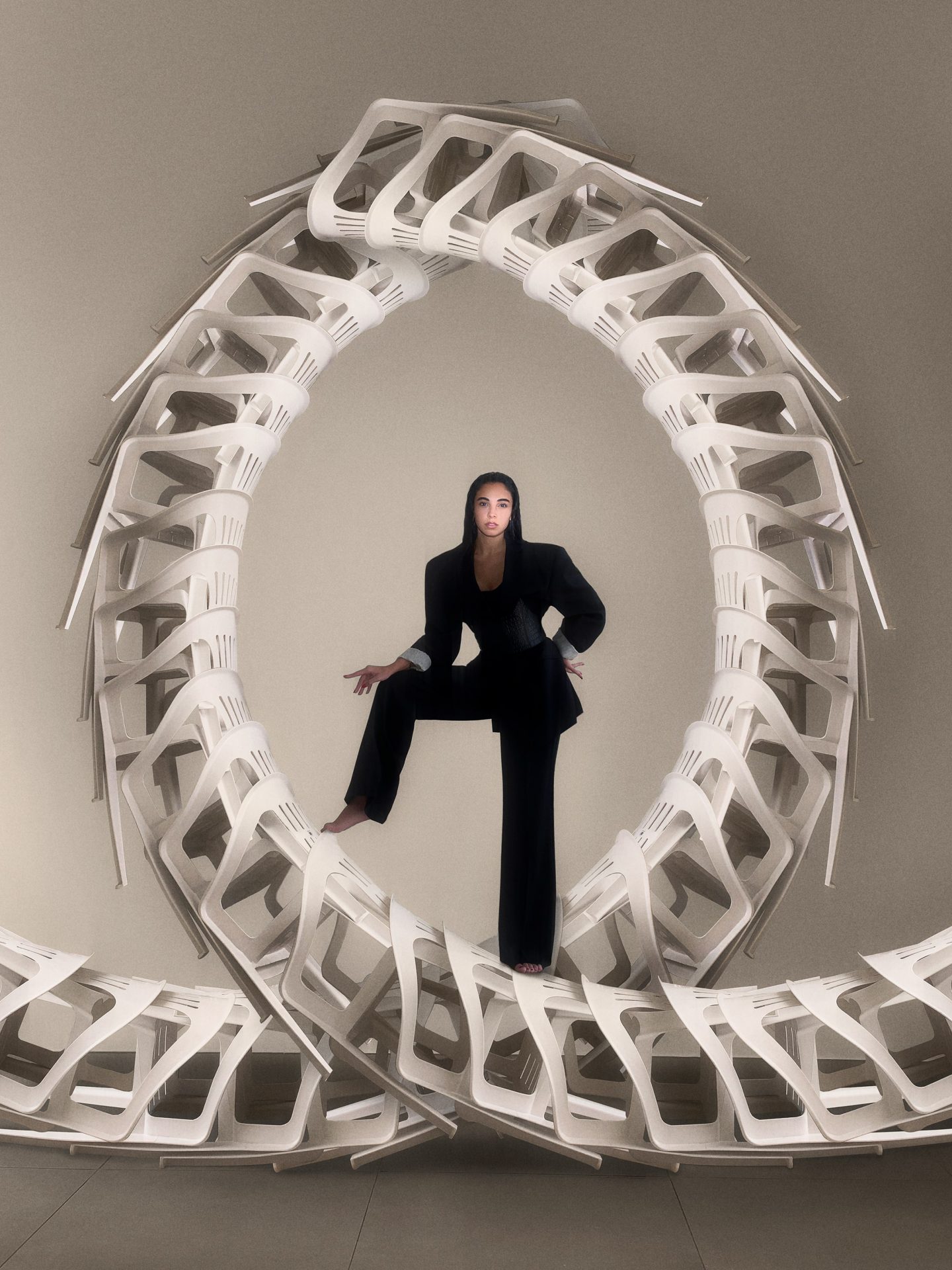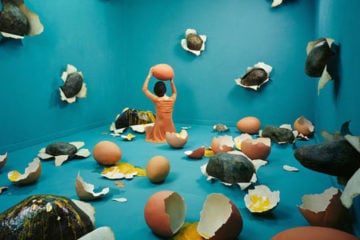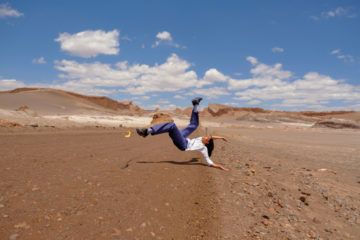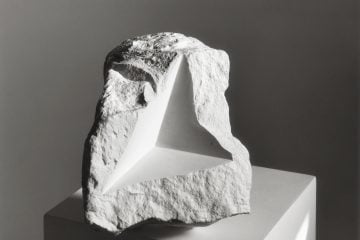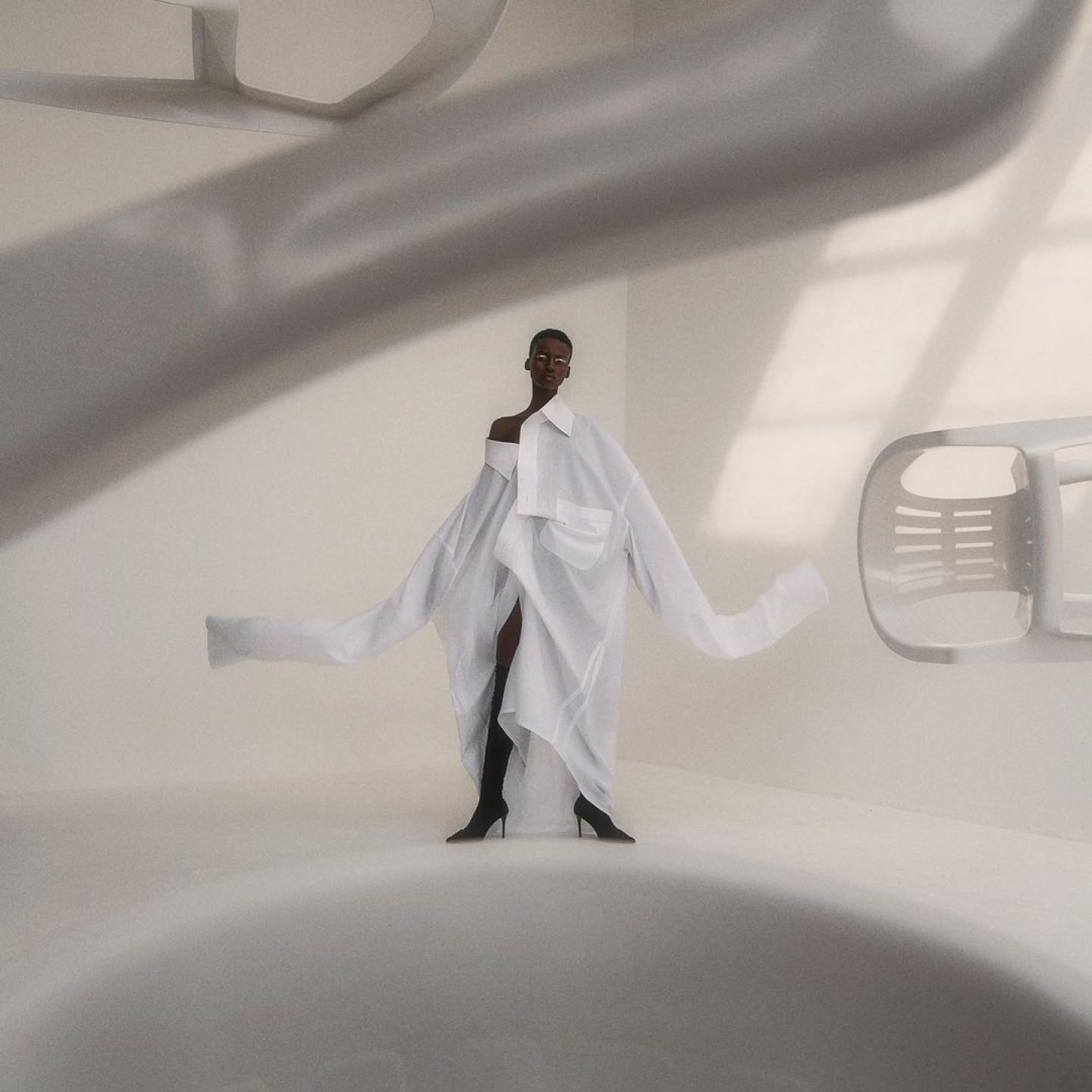
“I Want My Work To Make People Dream”: Photographer Abdulla Elmaz On Leaving An Impression In Our Minds
- Name
- Abdulla Elmaz
- Words
- Devid Gualandris
The ability to make us stop and contemplate an image is just one of the reasons Dubai-based artist Abdulla Elmaz has become a rising star in the photography world. Nostalgic and ambiguous, his work is an act of meticulousness—one that takes viewers on an endless adventure. We caught up with the photographer to discuss the drive behind his creations, social media, and his response to the pandemic’s repercussions on emerging artists.
“The first time I picked up a camera I was 17. I was inspired by the Lacoste ads—back in the days, they were all about jumping in the air. My friends and I would go outside and we’d do it too.” We talk to Elmaz over Zoom from his current home in Dubai, 7000 miles from the country town where he grew up in; Shepparton, which is two hours from Melbourne, Australia. Today, he is acknowledged as one of the most inspiring photographers of recent times. His unique visual direction has not only taken over Instagram but found appreciation in the fashion industry—from collaborations with prestigious brands such as Louis Vuitton and Dior to his animations for Valentino’s Middle East campaign.
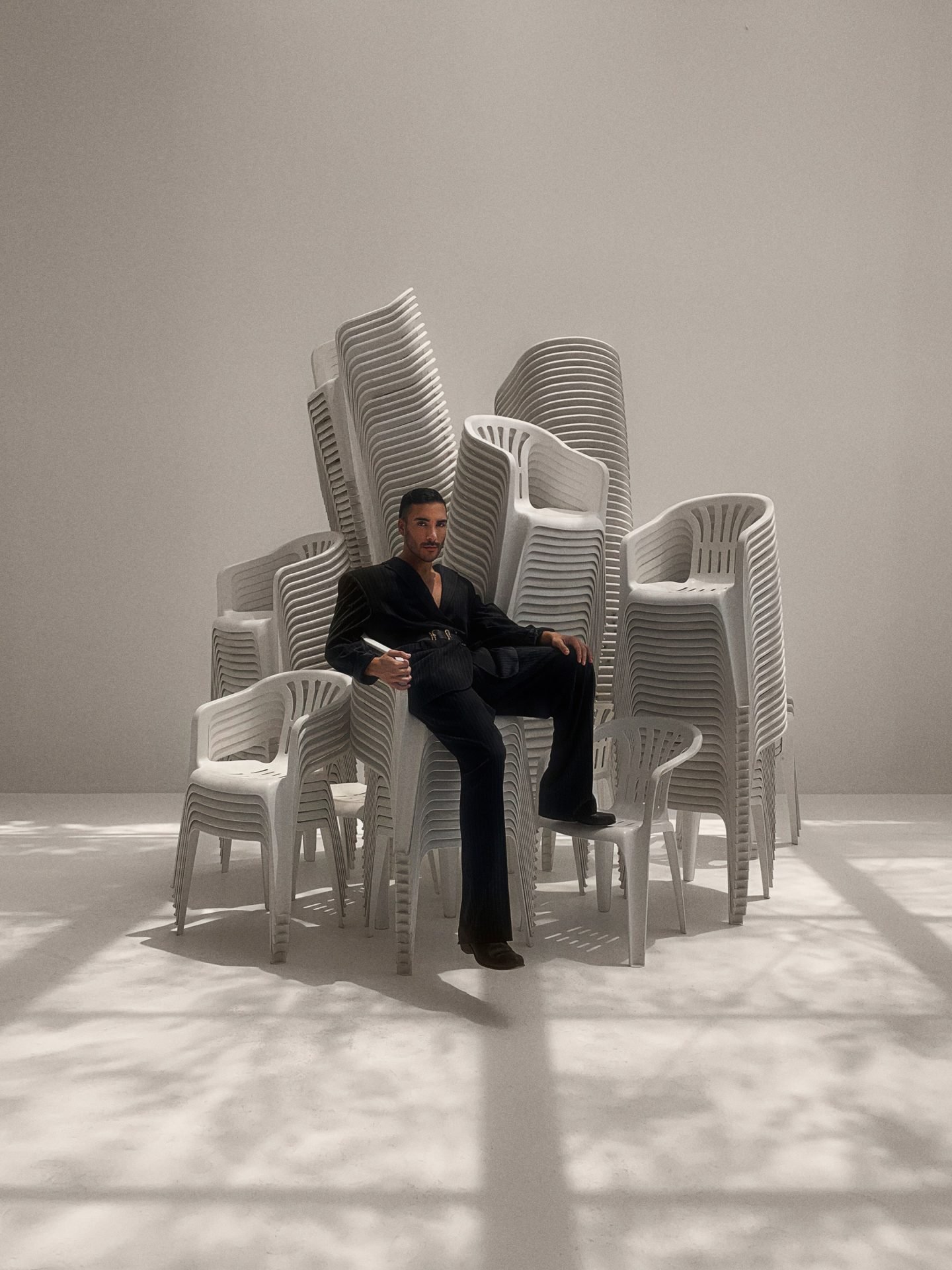
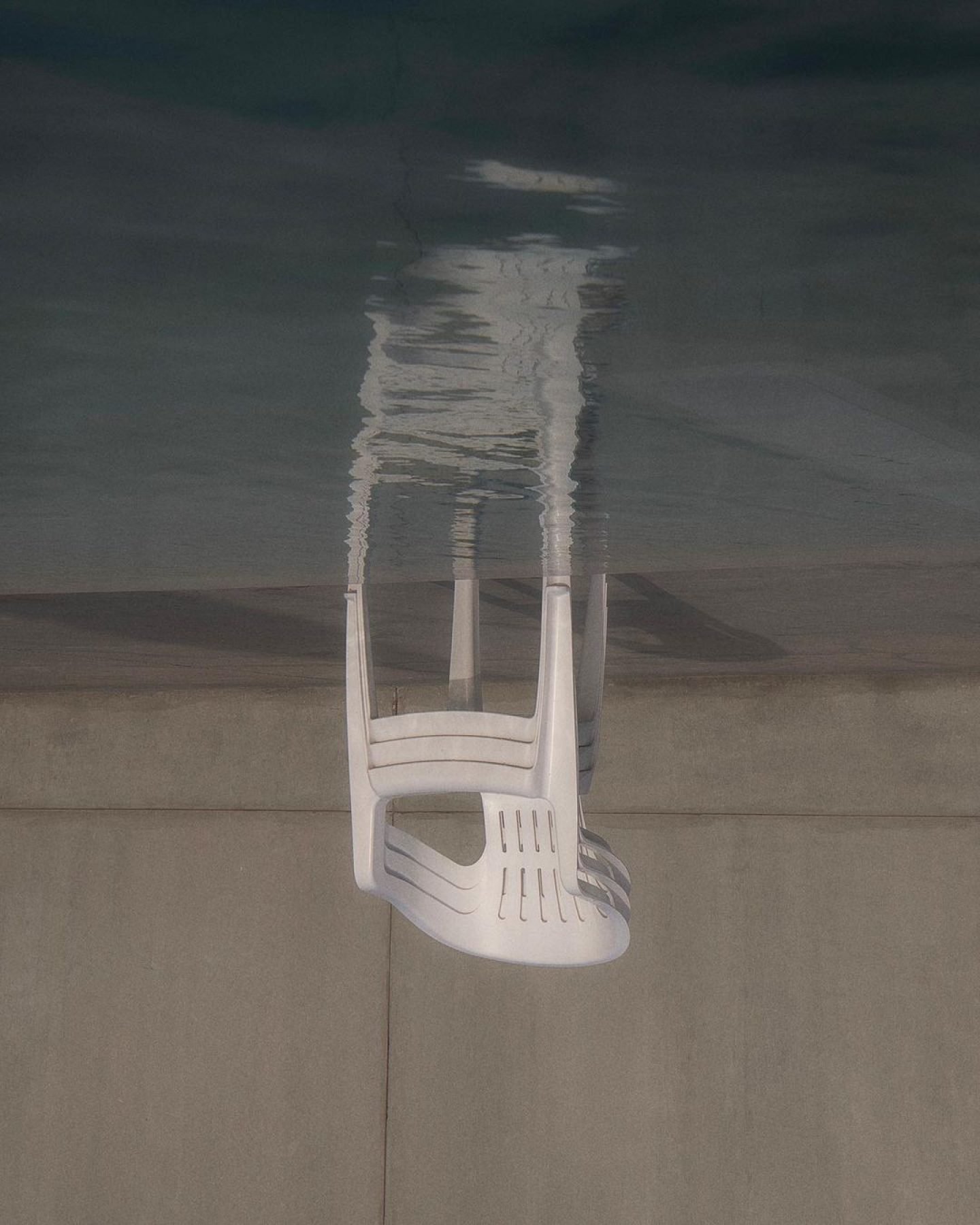
In his photographic work, Elmaz believes in telling a story with a single perfect shot. “When I was studying architecture, I learnt how to be a perfectionist by drawing an image by hand for eight hours,” he explains. For his photographs, Elmaz uses the same thoughtful approach, blended with a cinematic interest in the mise-en-scene. “I’m not shy about directing and editing an image, if it means I can more clearly convey an atmosphere or feeling,” he confesses. To create the perfect mood and frame, he researches the effect of the angle, the light, the backdrop, and the subject’s pose, gently blurring the line between observing and editing reality. There is a sense of freedom in this—a dismissal of the constraints and responsibilities of accurate depiction.
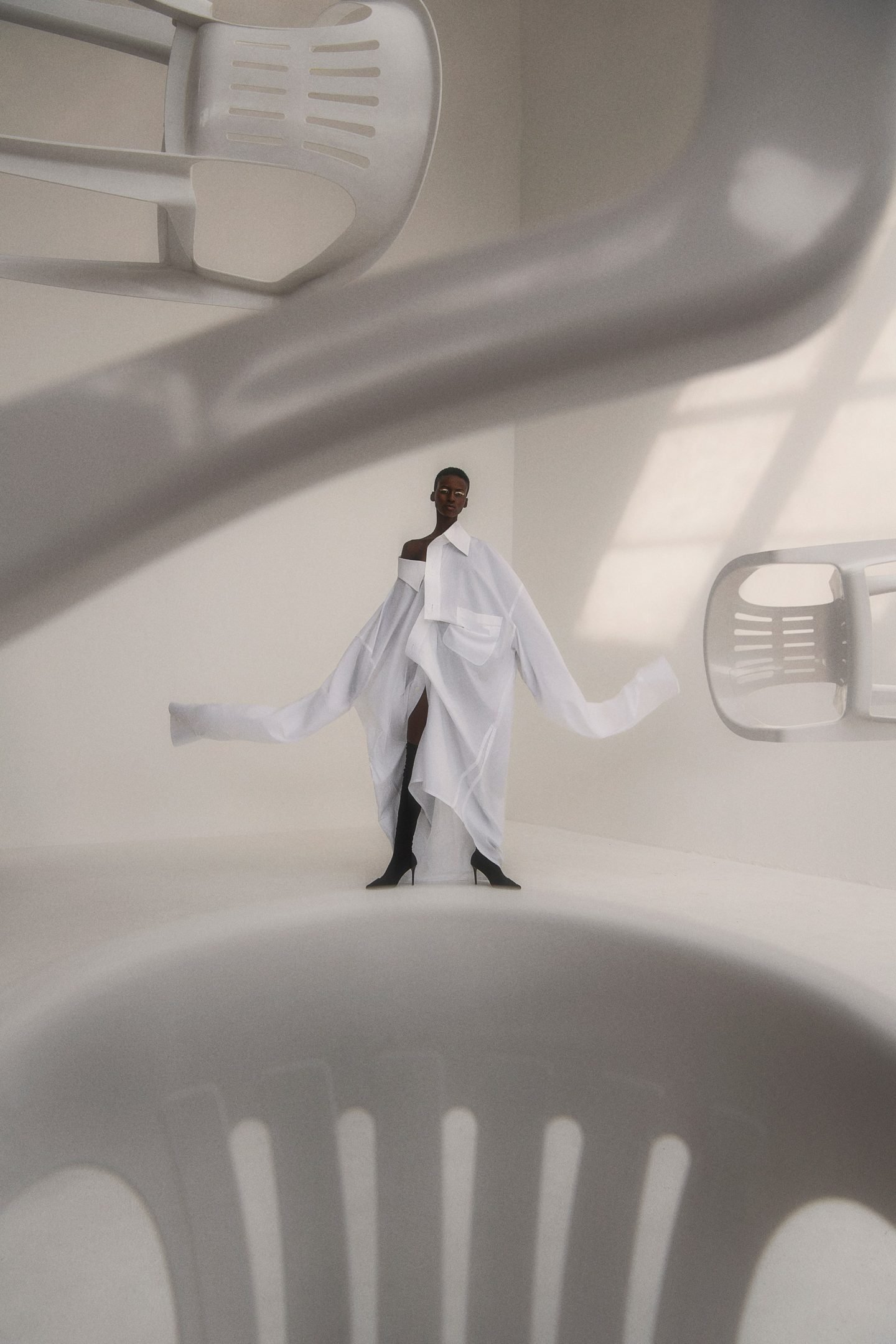
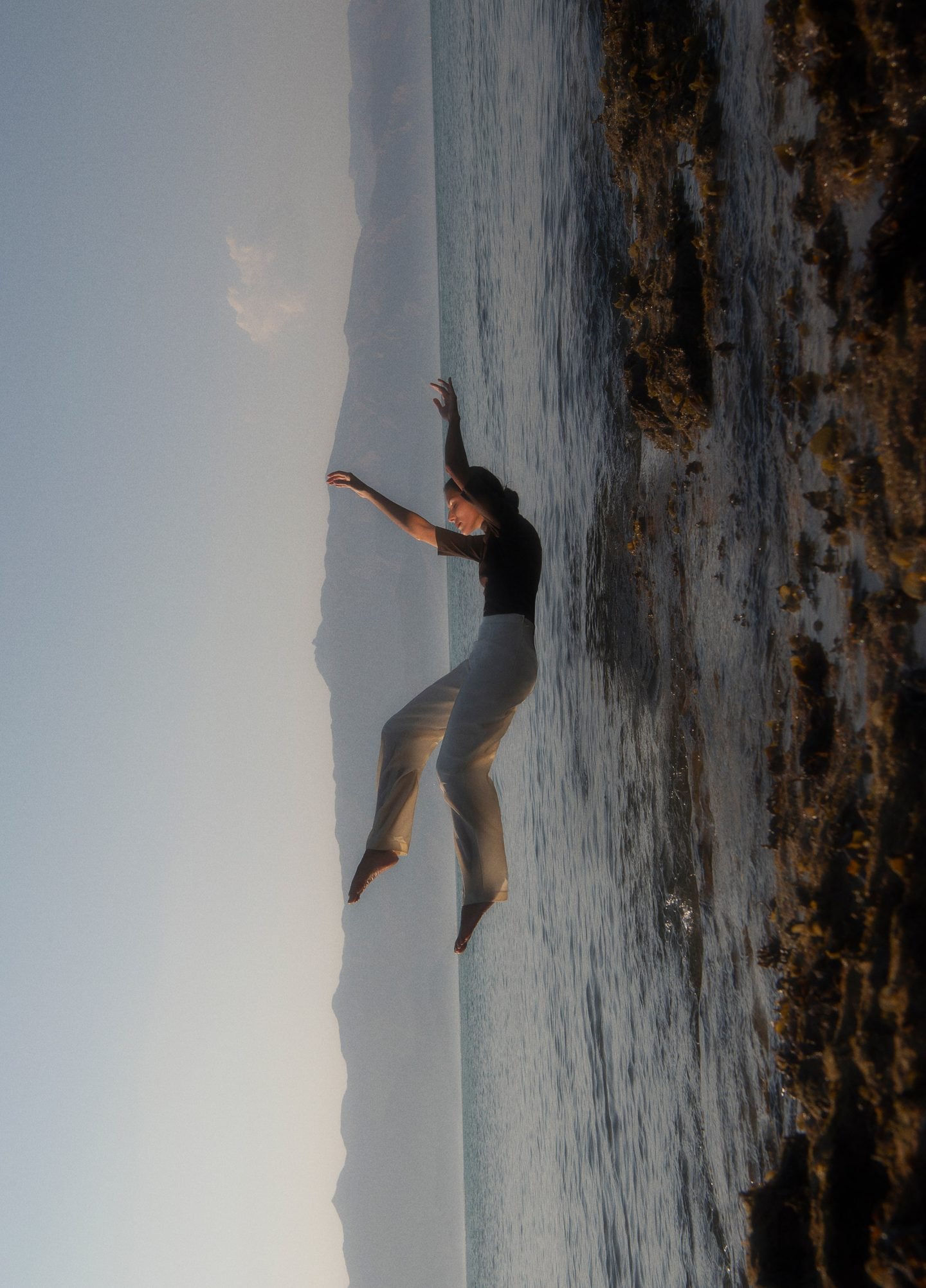
“I want my work to make people dream, to take them out of this world and away from their current life,” he tells us. “Growing up, I was inspired by Salvador Dalì. I remember looking at his Surrealist work, you’d get taken to another world”. Today, flirting with Surrealism has become his artistic stamp. “I love playing with Surrealism when it’s all caught on camera,” he adds. A fitting example is his photograph of drag queen Miss Fame, who’s laying down on a Parisian rooftop yet appearing as if standing on a chair. “That image is flipped,” he explains. “I’ve always wanted to recreate the illusions from the movie Inception. That image looks so surreal, even though it’s not,” he adds.
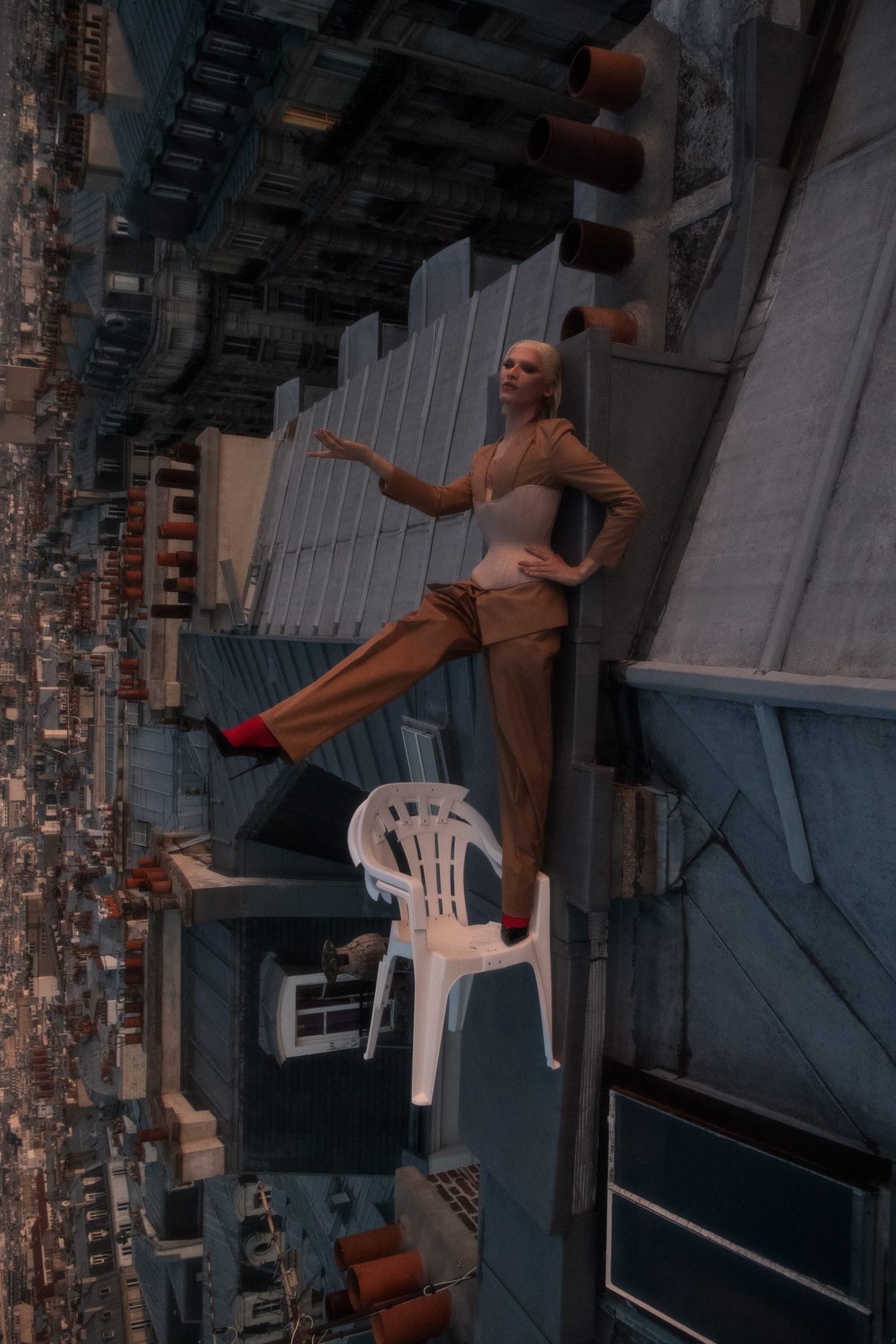
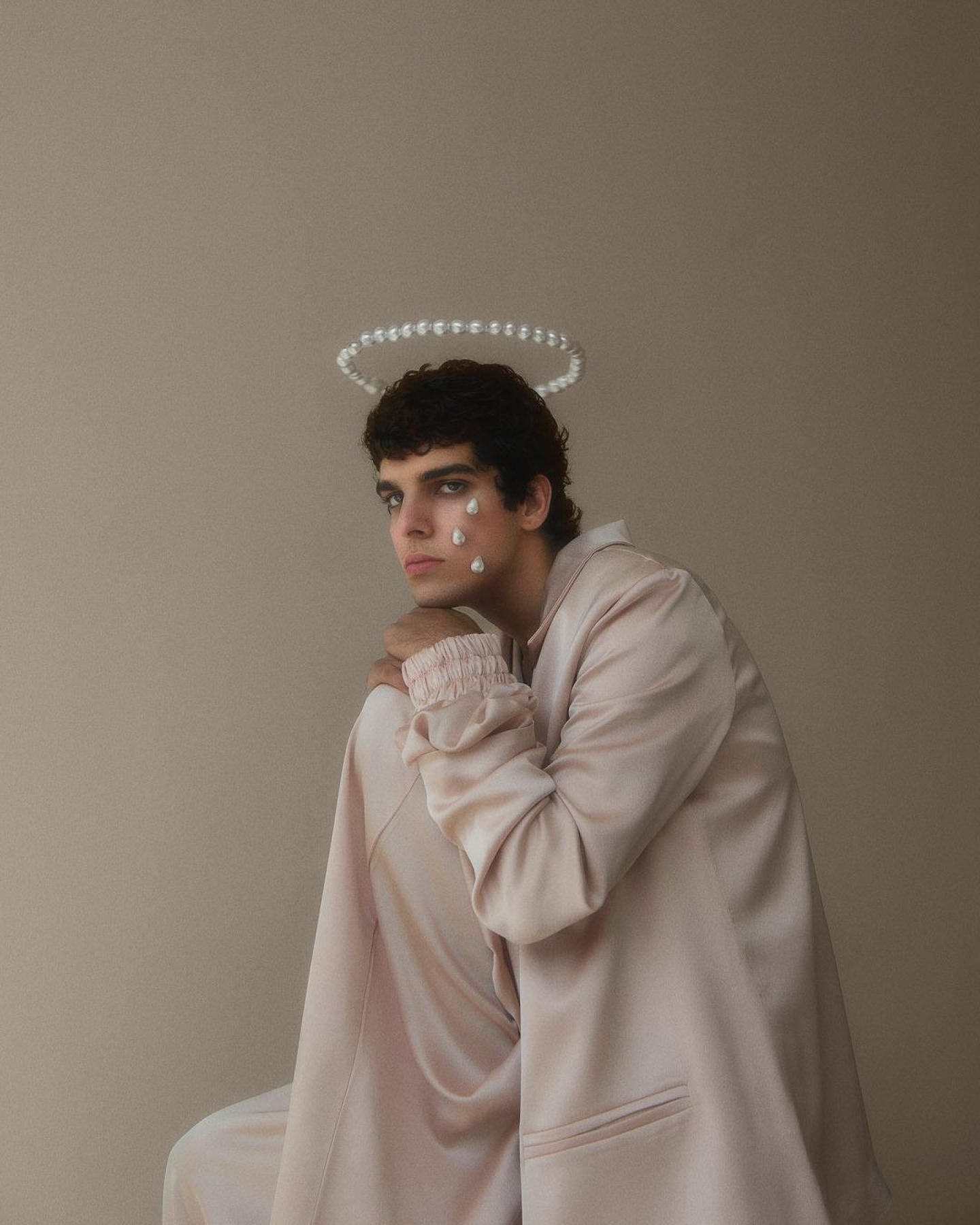
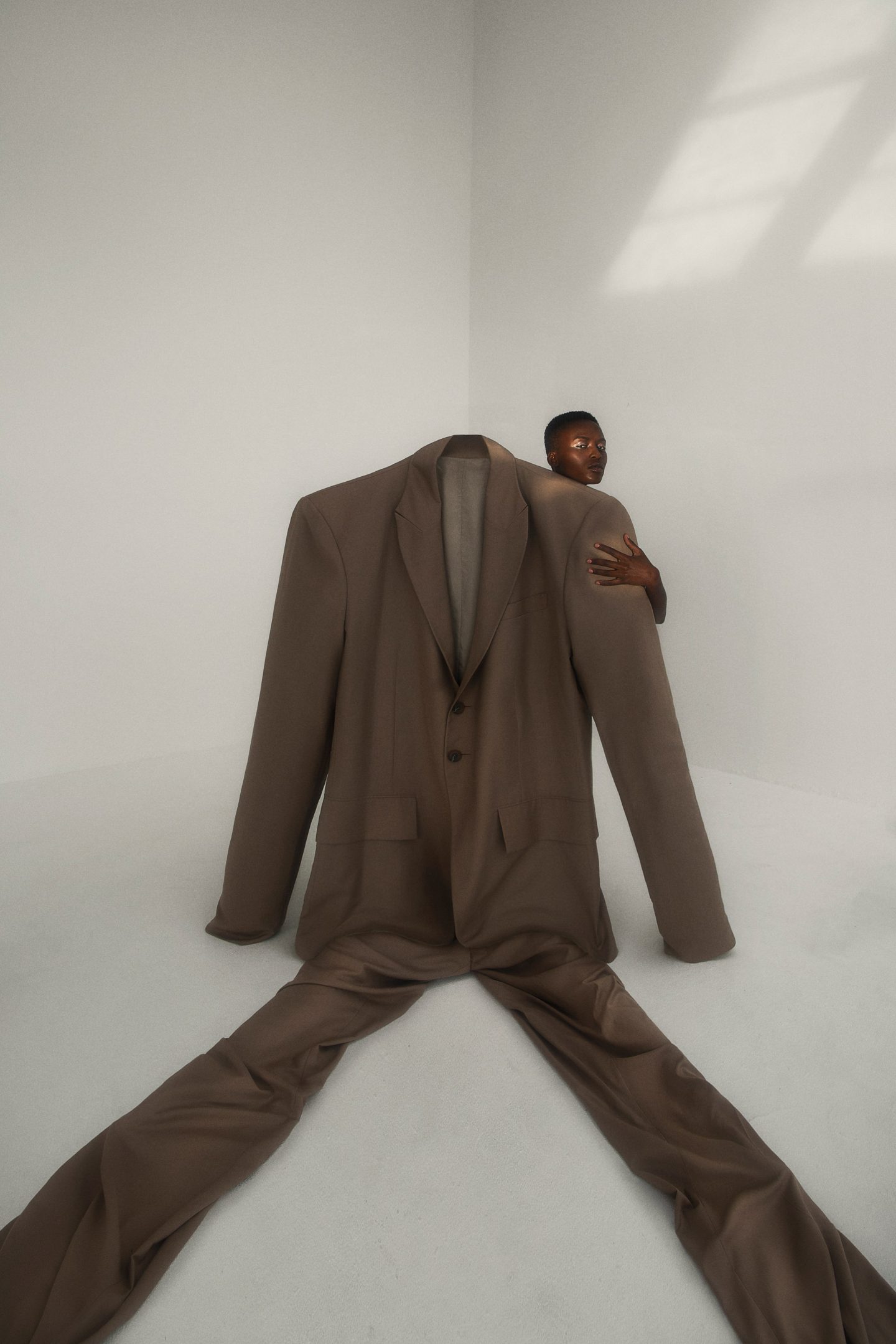
“I love playing with Surrealism when it’s all caught on camera”
Elmaz approaches photography as an echo of his emotional state, yet he never aspires for it to be prescriptive. “My work is very borderline painting like, and full of emotion, but also none of that at the same time. It doesn’t scream a message to the viewer,” he says. Through symmetry, shadow, and light, Elmaz fills his work with subconscious material, lending room to the viewer for interpretation. “Back in the day, the shoots were inspired by my life; they were telling a story. Today, there are so many photos that if people were to look at them, they wouldn’t know what they are about—and I rather just keep it that way,” he says.
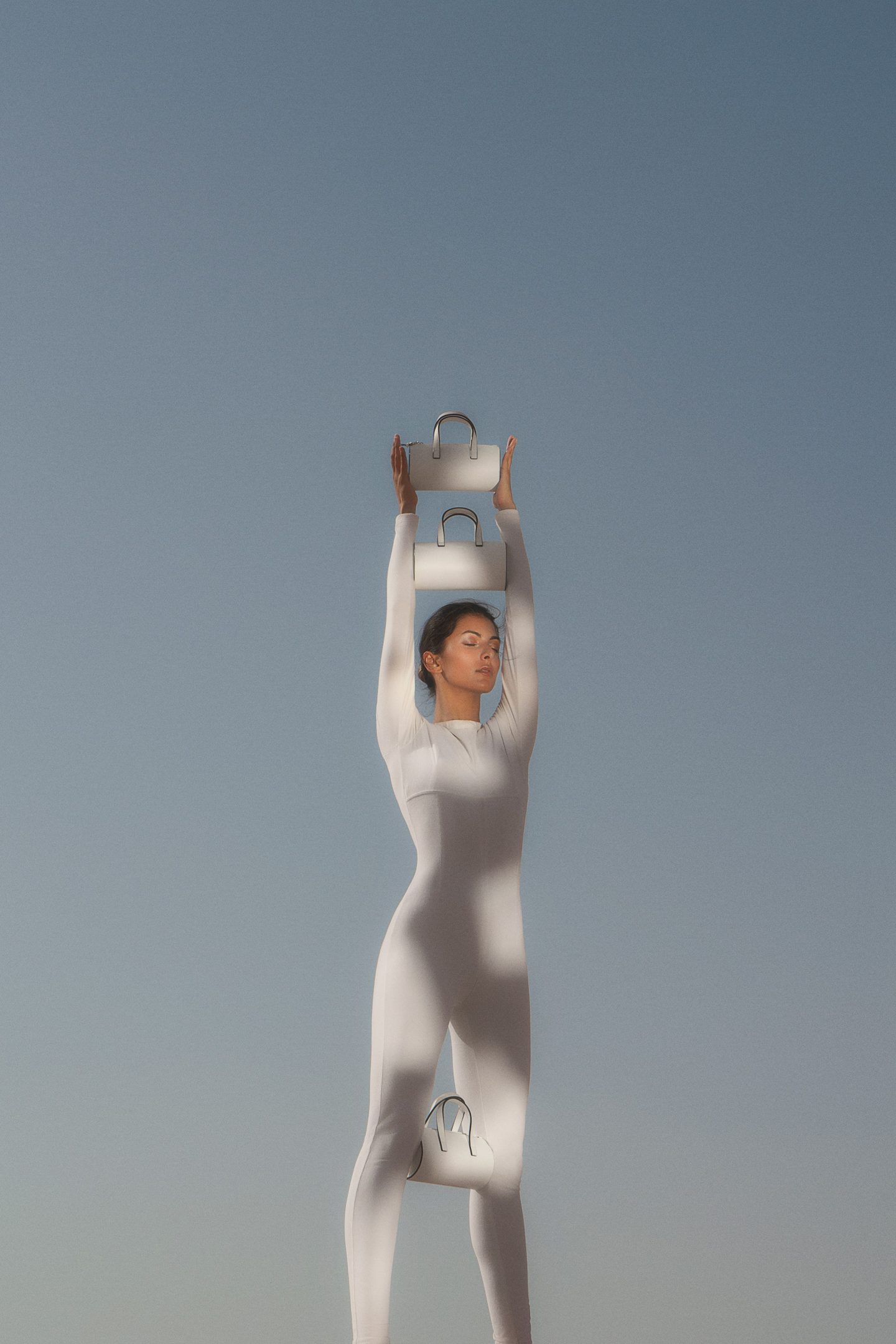
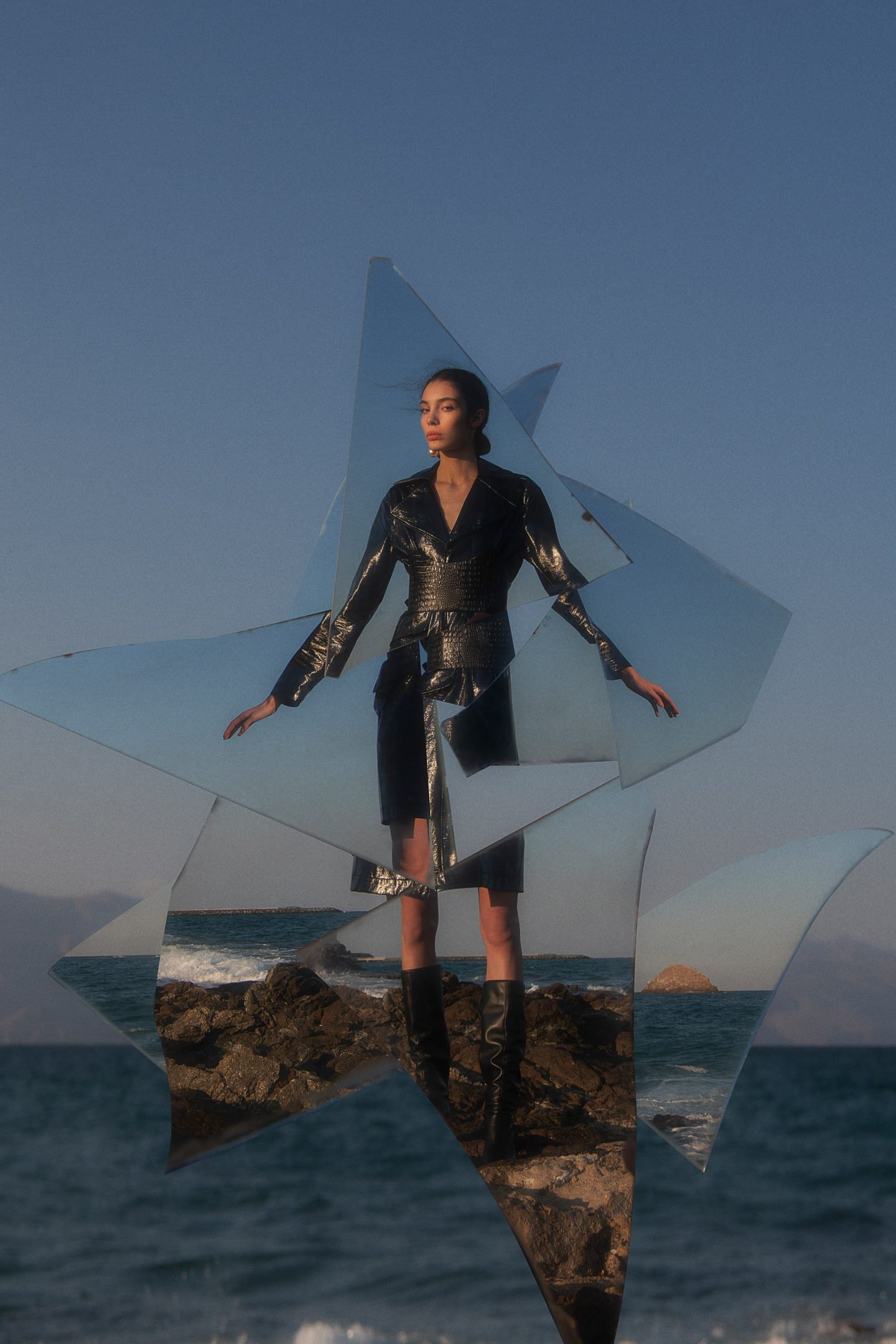
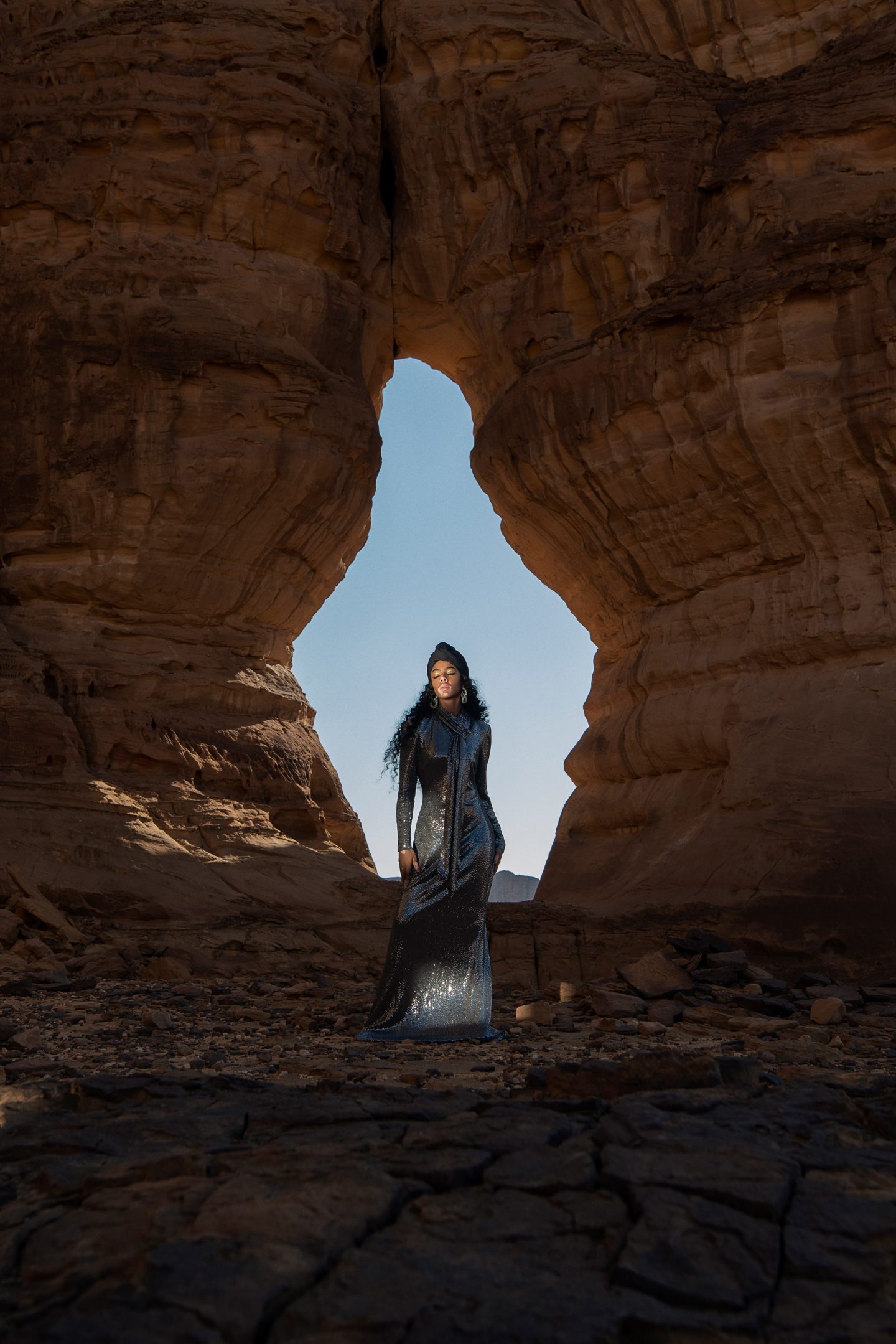
“My work has so much time put into it, I want people to stop for more than a quick scroll,” he continues. For Elmaz, recurrent motifs and repetition are the easiest way to open one’s capacity to enter a meditative state. “I’m fascinated by everyday objects that are timeless, such as mirrors, roses, and butterflies. They can represent anything; love, death, romance,” he explains. Looking at his recent portfolio, block chairs are undoubtedly one of the more dominant decorative elements, which he confesses as being an invitation to embrace feelings of nostalgia and memory. “When growing up, everyone had block chairs; it’s a way of getting back into people’s heads, so they can relate to the image,” he shares.
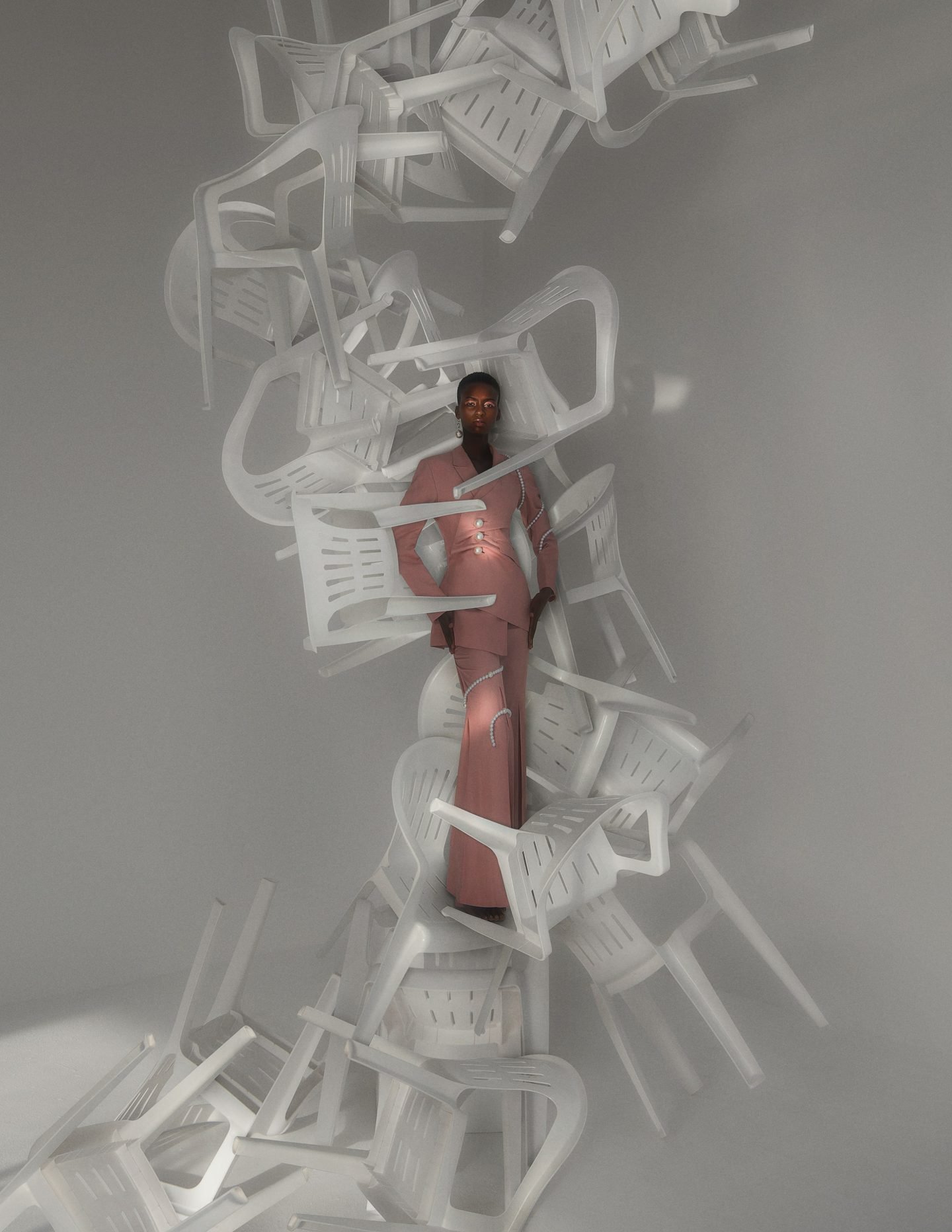
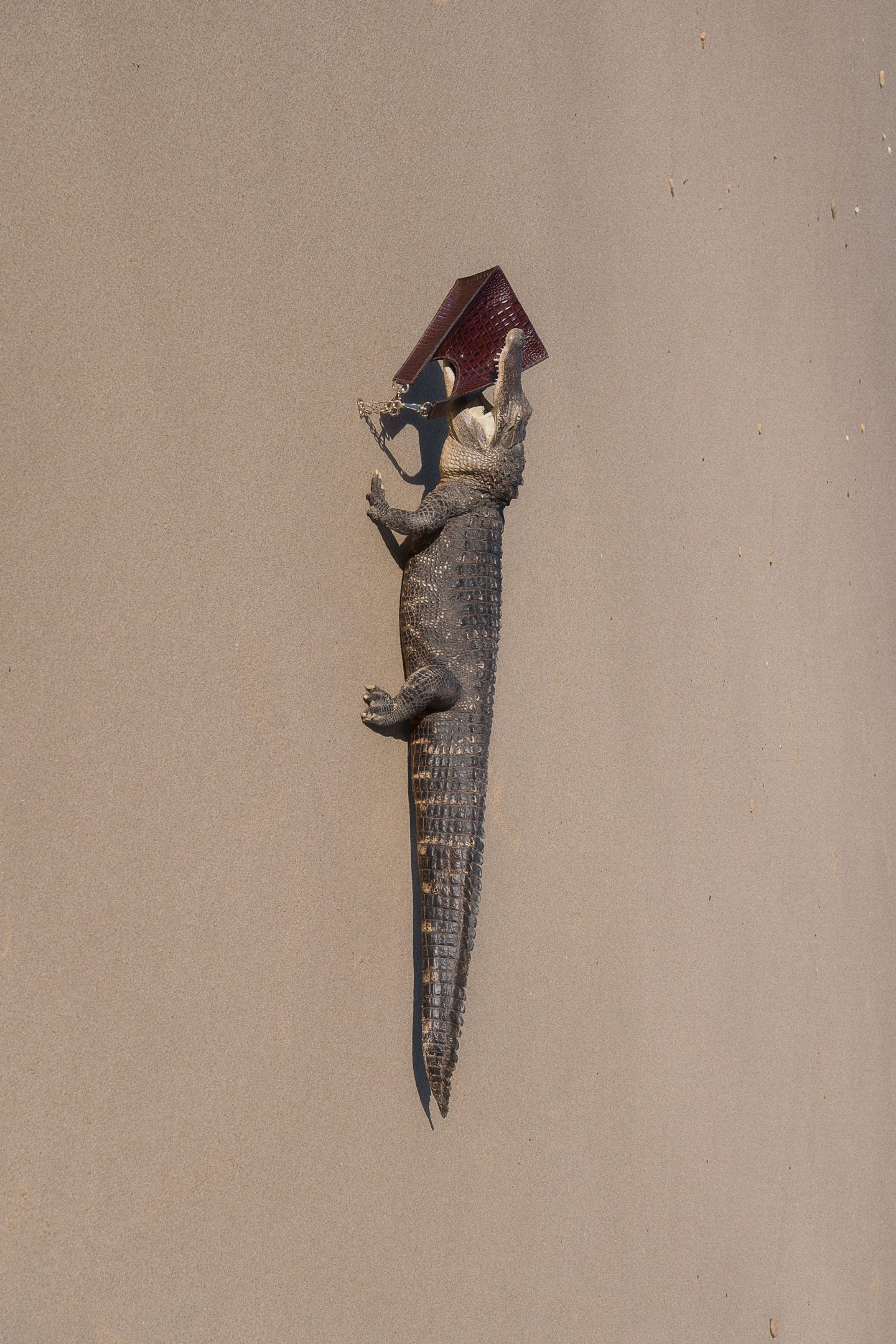
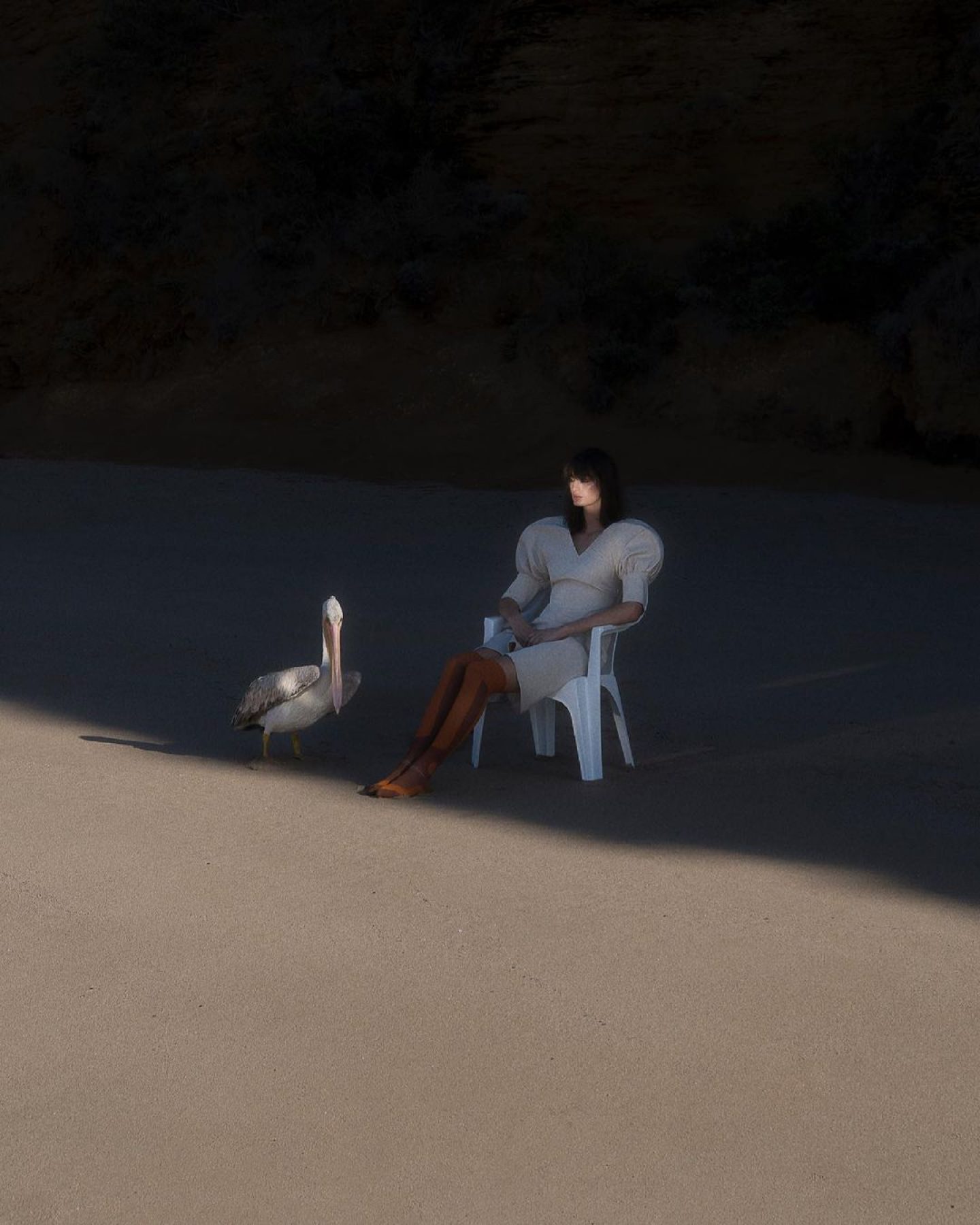
One of the joys of Elmaz’s technique is the opportunity to breathe new life into older works, making his photography an infinite and dynamic timeline. “I want to create work that I can still post in ten years,” he says, noting how his page has become a game with the archives. “Nowaday, it’s very strange how an image can go viral,” he continues. “Ironically, the one that made my career was so tainted to me”, he says, referencing his photograph of a woman in an orange dress among block chairs. “That shoot was never finished; the stylist had walked off, and that was basically the second last shot. I thought it was too busy and didn’t want to post it. When I did, it was a snowball effect.”
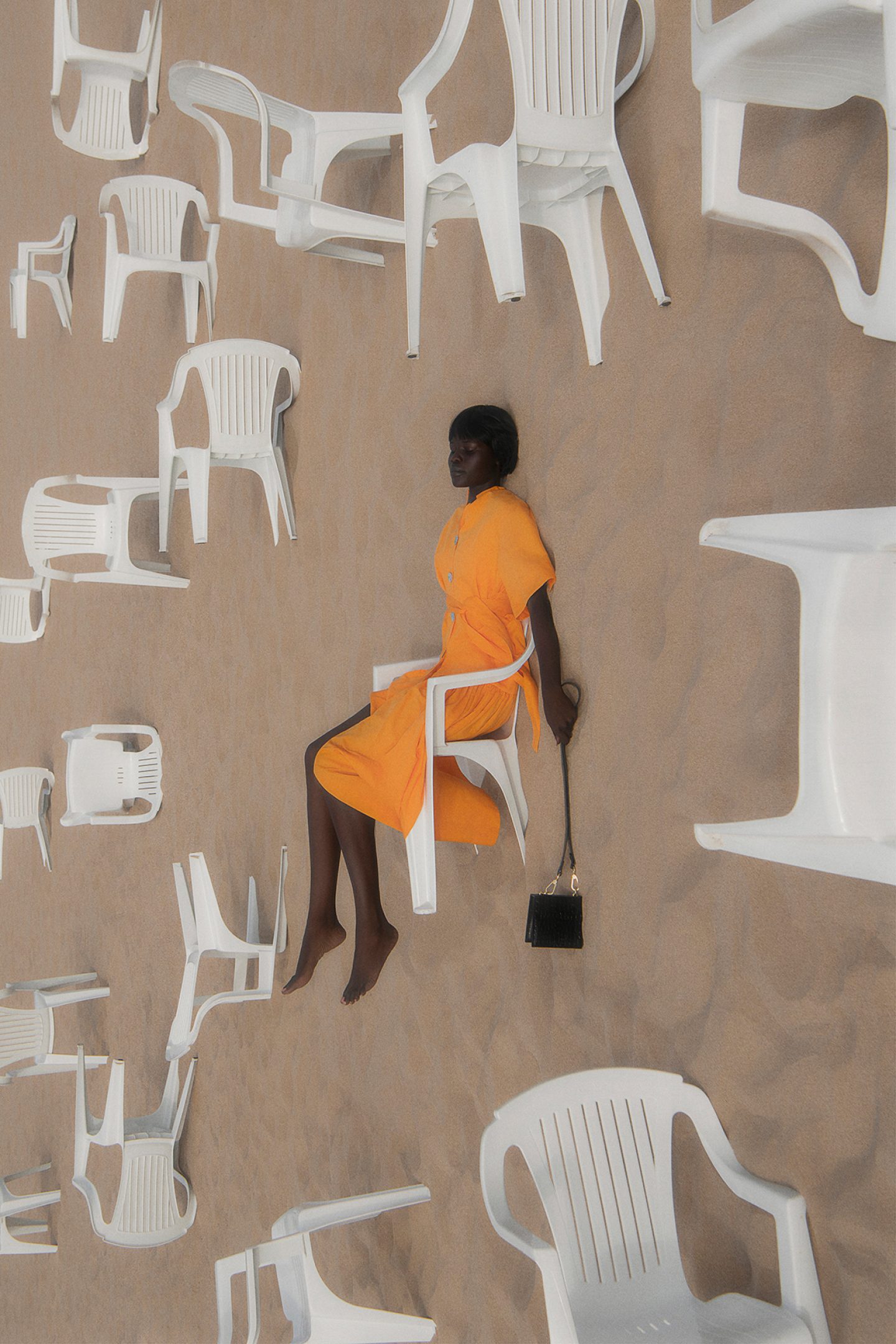
With Instagram becoming the main currency for artists, it’s hard to keep up with people’s expectations and remain excited by one’s own work without manifesting narcissism. “I started posting a lot less over the past few months,” he says. “I’m not just a mood board and there’s a life outside of Instagram—I always have to remind myself of that.” The unfortunate situation we have gotten into since the pandemic broke has made the lack of genuine experiences out in the world ever more poignant for Elmaz. “I lost myself a little,” he discloses. “Being away from friends and family has kind of desensitized me. It’s a horrible thing to say, but I don’t really feel close to many things anymore.”
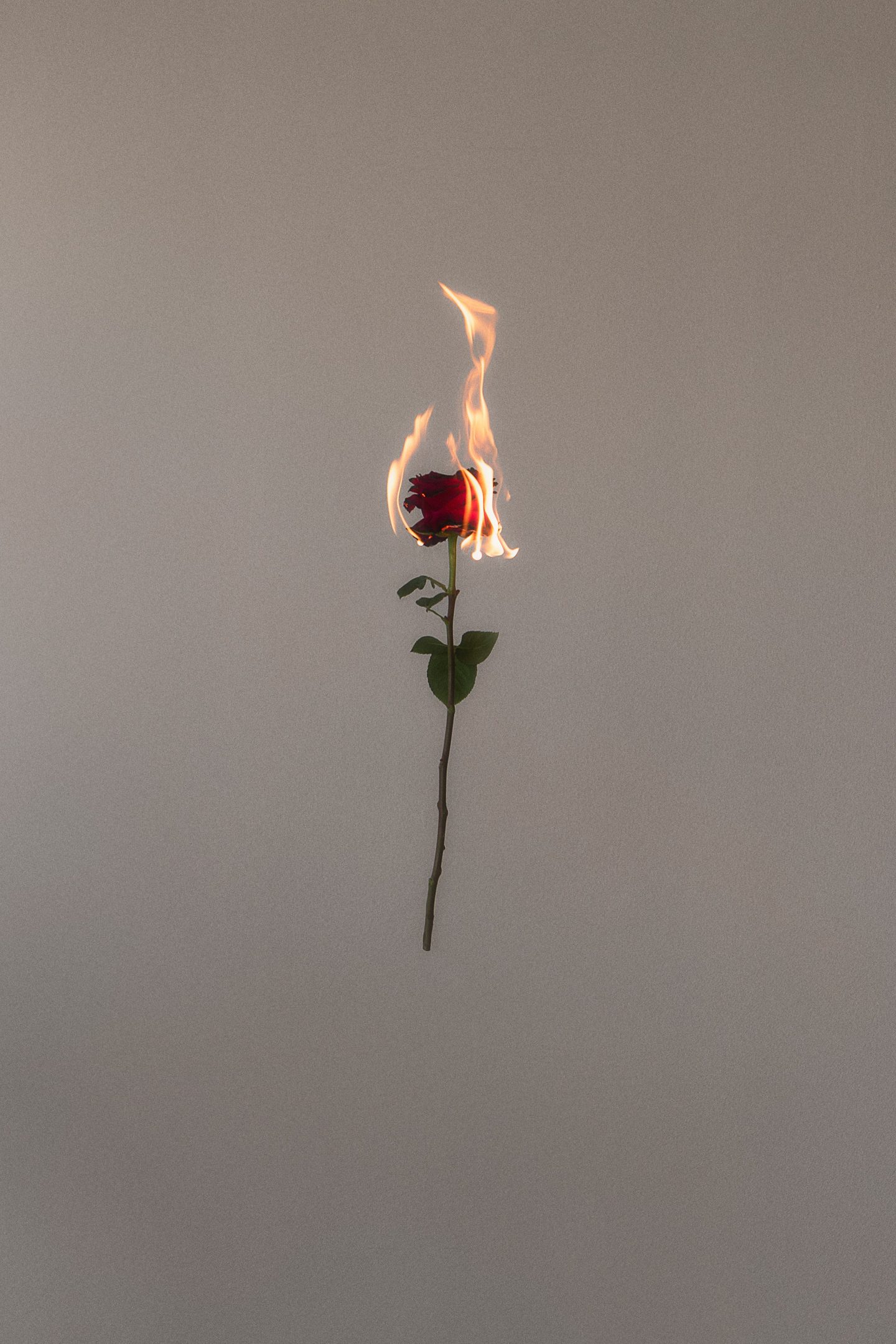
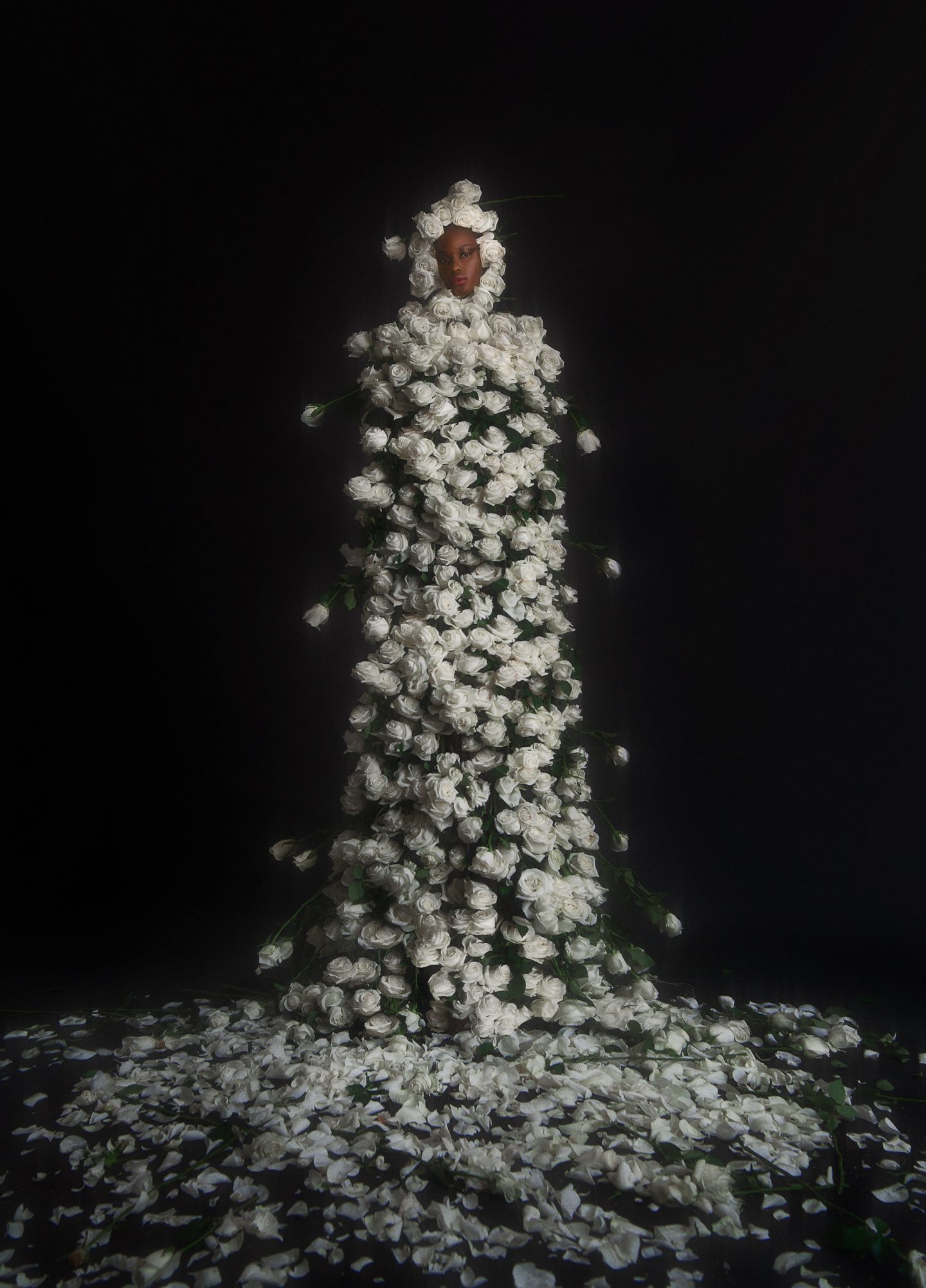
In 2020, harsh restrictions in the UEA denied artists like Elmaz the privilege of traveling and creating. “We were stuck, and to get out of that hole we were in, it’s either fight or flight,” he says. Driven by resilience and improvization, he found respite with his series ‘Go Home’. Elmaz would photograph himself on his iPhone, send the poses to model friends to recreate, and later paste these on his body, making it look as if they were in his house. “That was my way of saying I can do anything, and it can be done with one person. It’s about thinking smart, after all,” he says.
"I am changing the direction of my work, as my passion is shooting celebrities"
In a post-pandemic future, Elmaz’s first wish is to go back to Australia for a longer visit. “I create my best personal work there; the light, the locations, the freedom—you don’t have that [in Dubai],” he says. “I am also changing the direction of my work, as my passion is shooting celebrities,” he says. His first was Lindsay Lohan, who he recently captured for Interview Magazine. “I look at that [image] and I’m like, ‘I want that on my wall,” he says, adding that “I want to keep doing it, but you need the right teams for that. As our conversation eventually diverges to talks of celebrity crushes, Elmaz leaves us with a funny little secret. “I know nothing about light. I don’t use flashes, just video lighting and torches,” he admits, laughing. “If I can trick the eye with a simple torch, there’s nothing you can’t do!”.
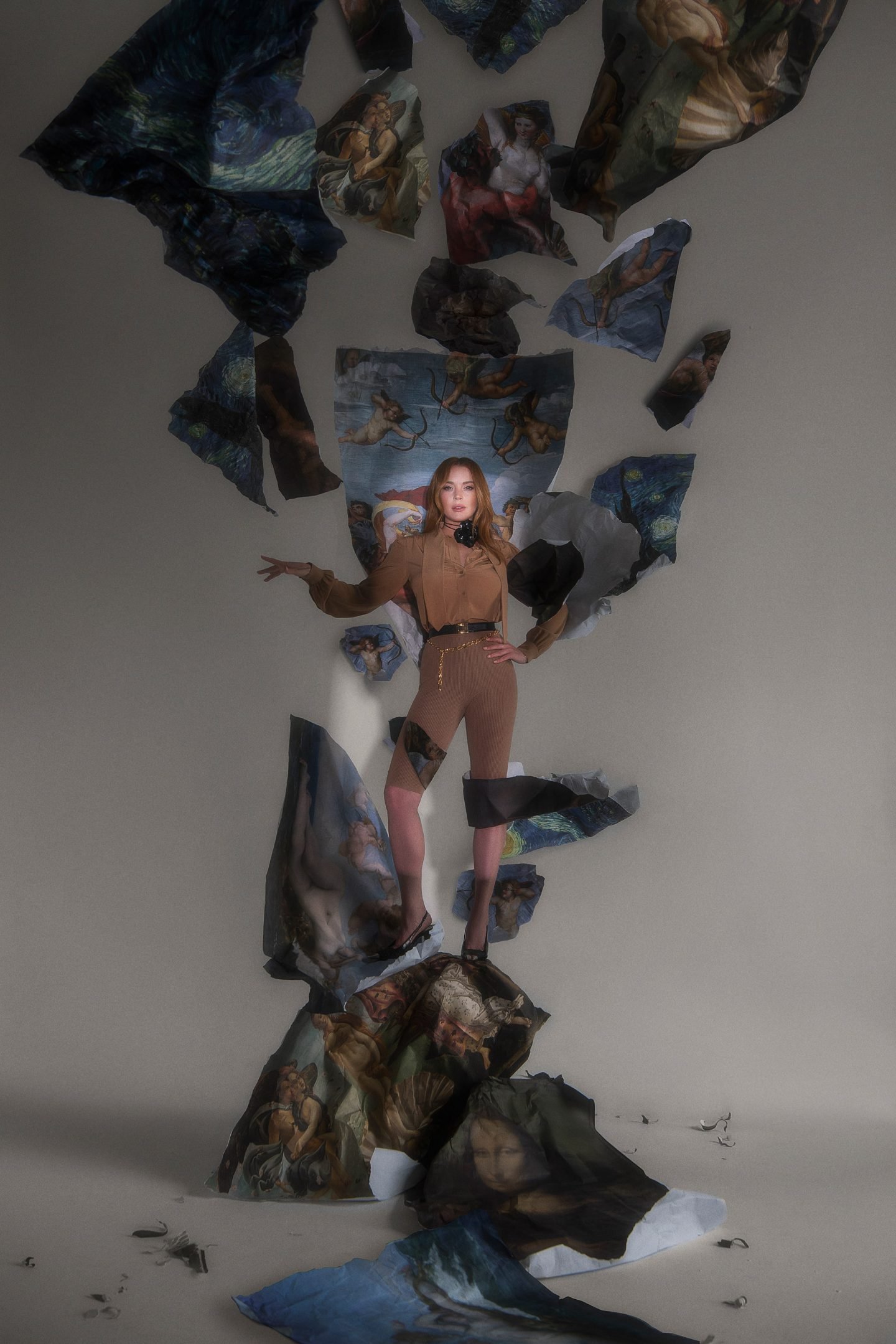
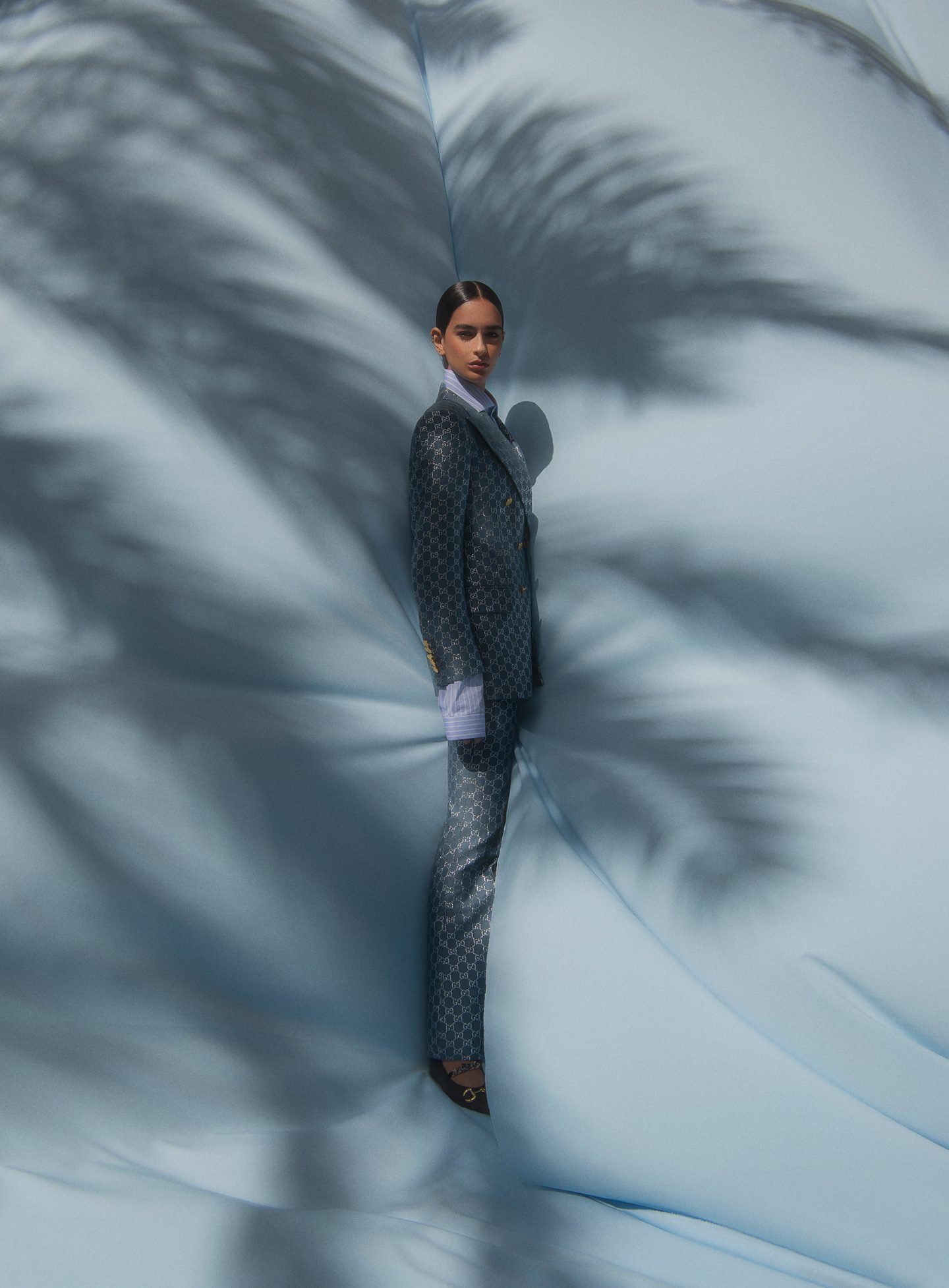
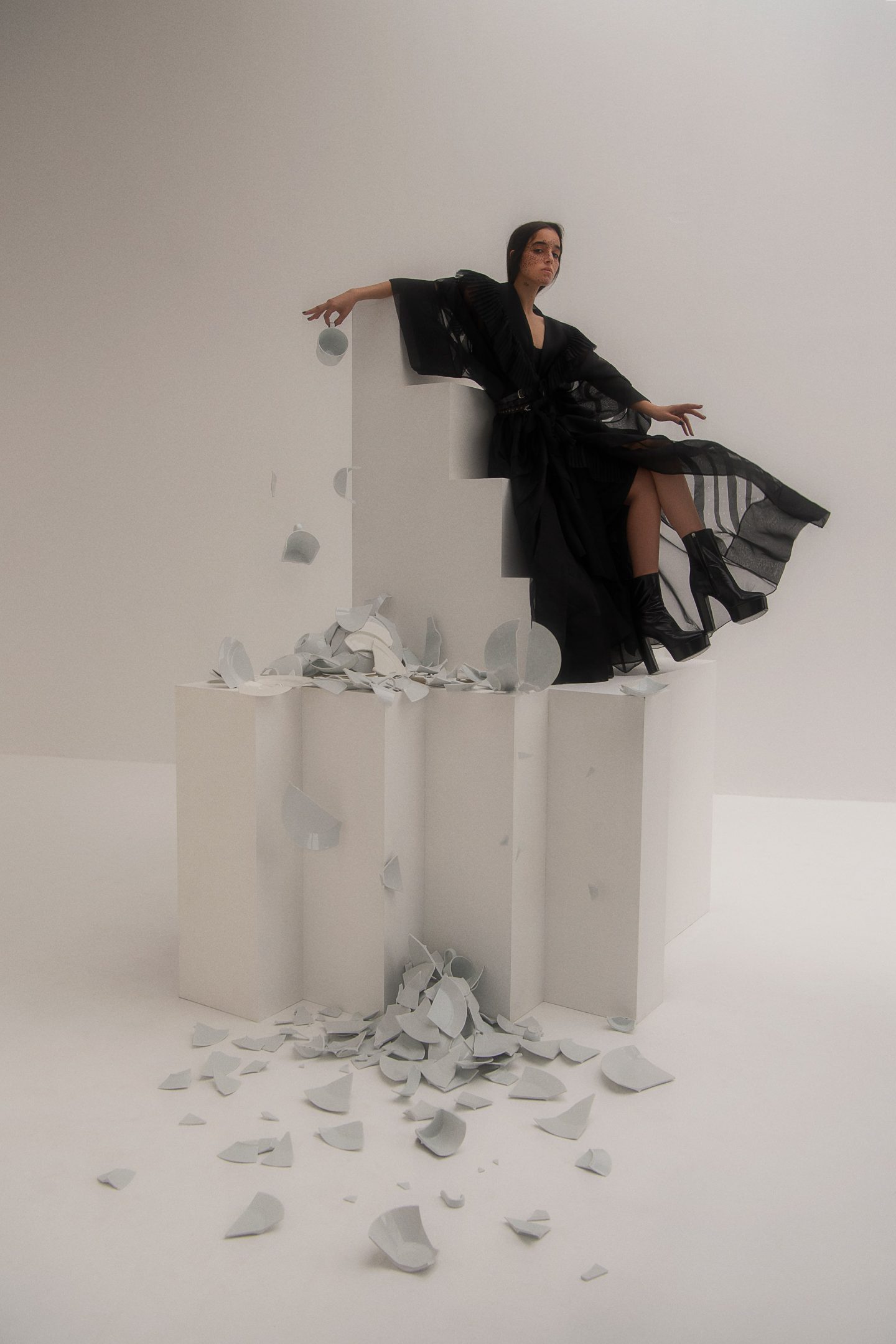
Images © Abdulla Elmaz
